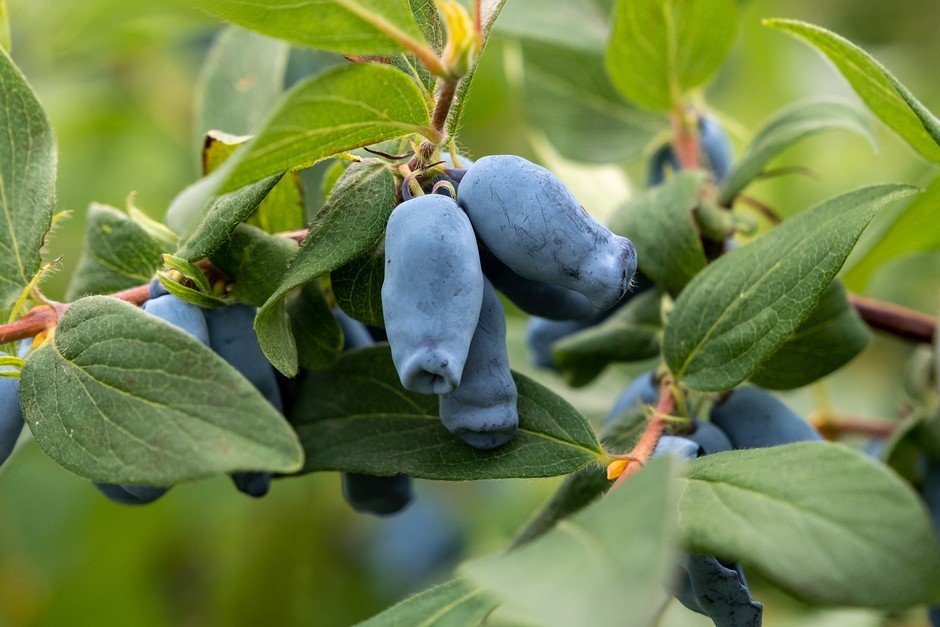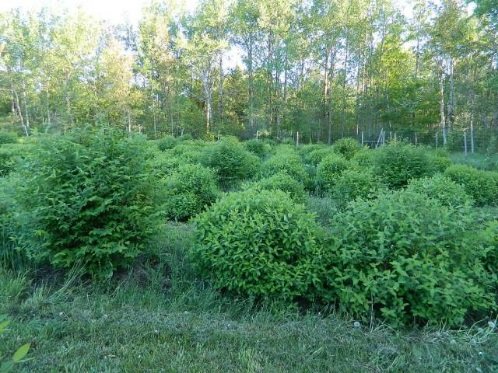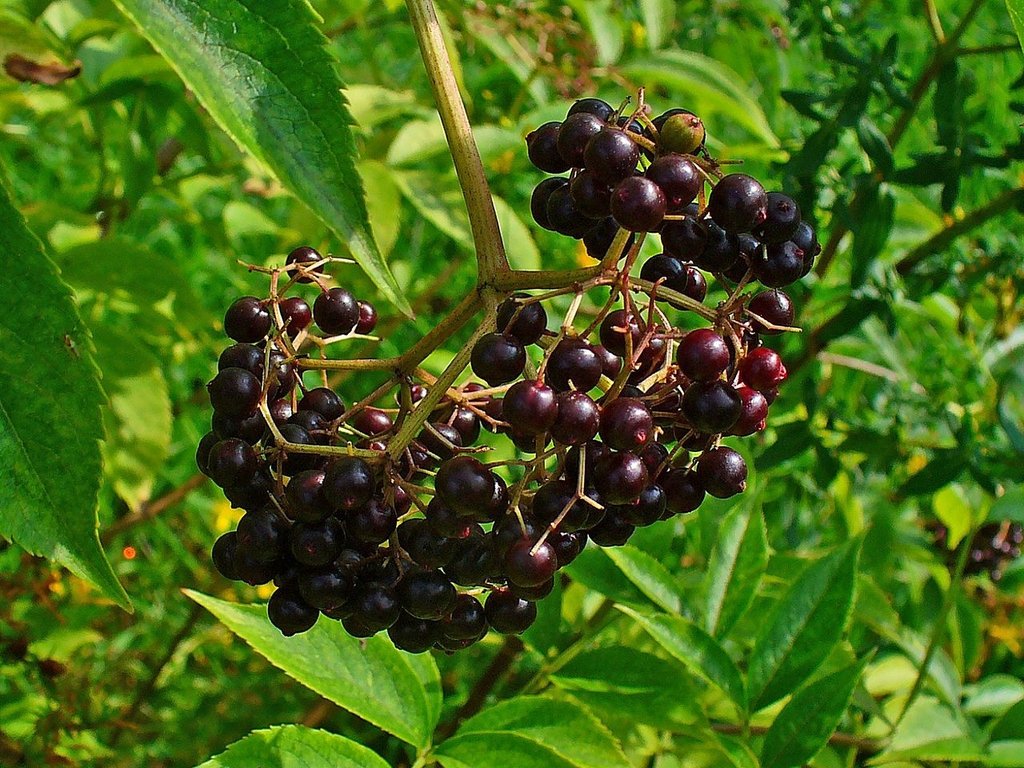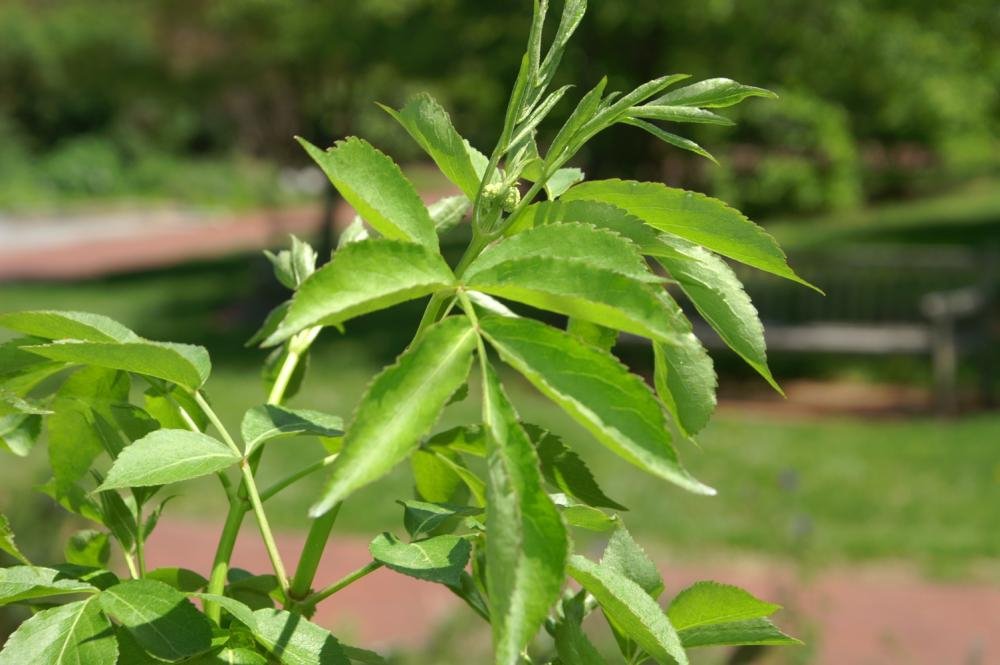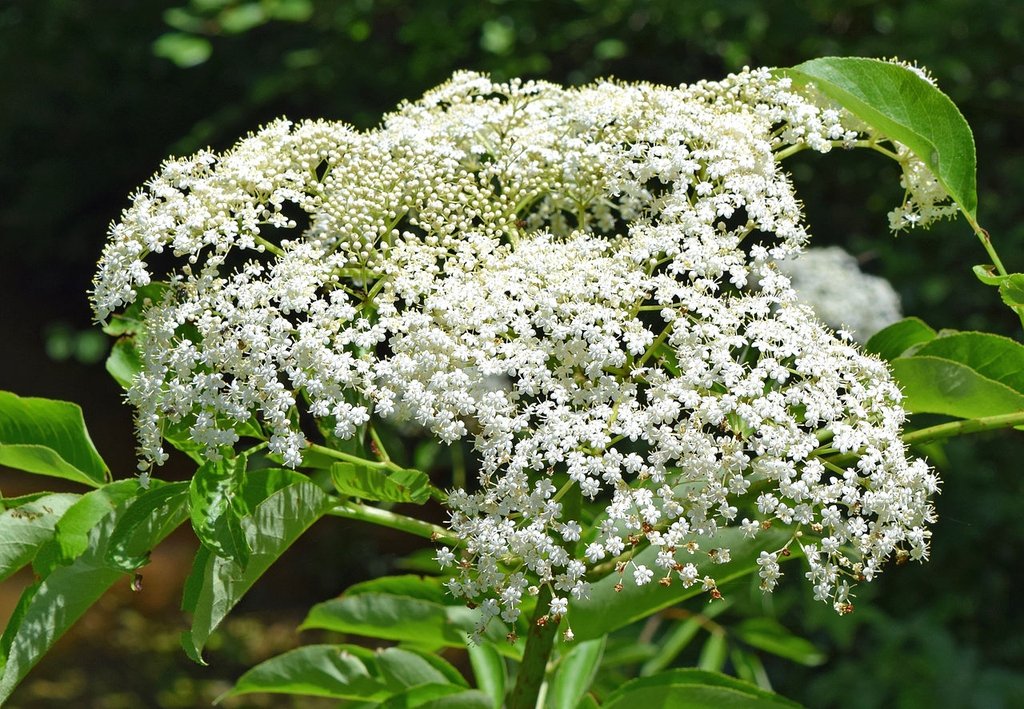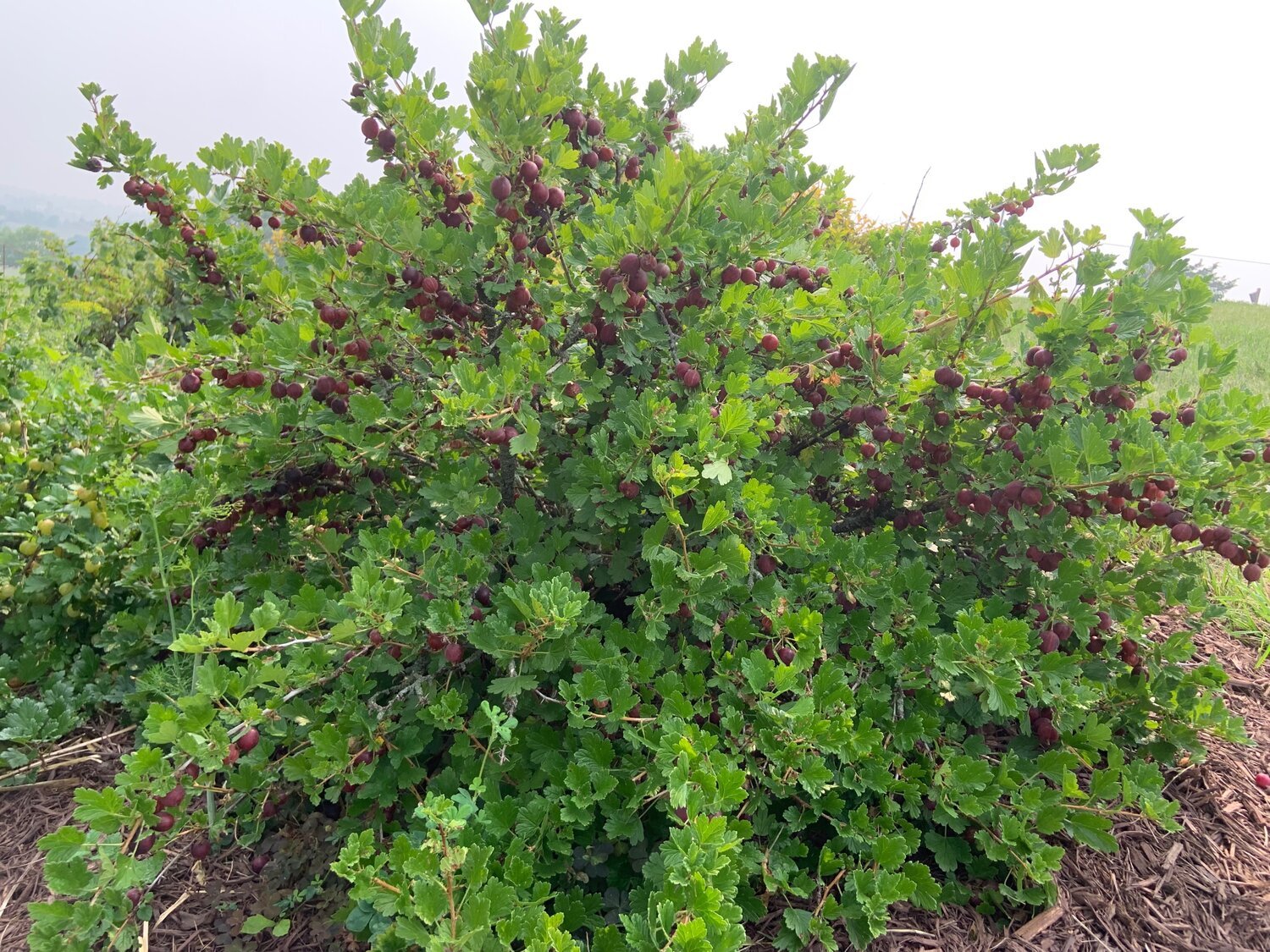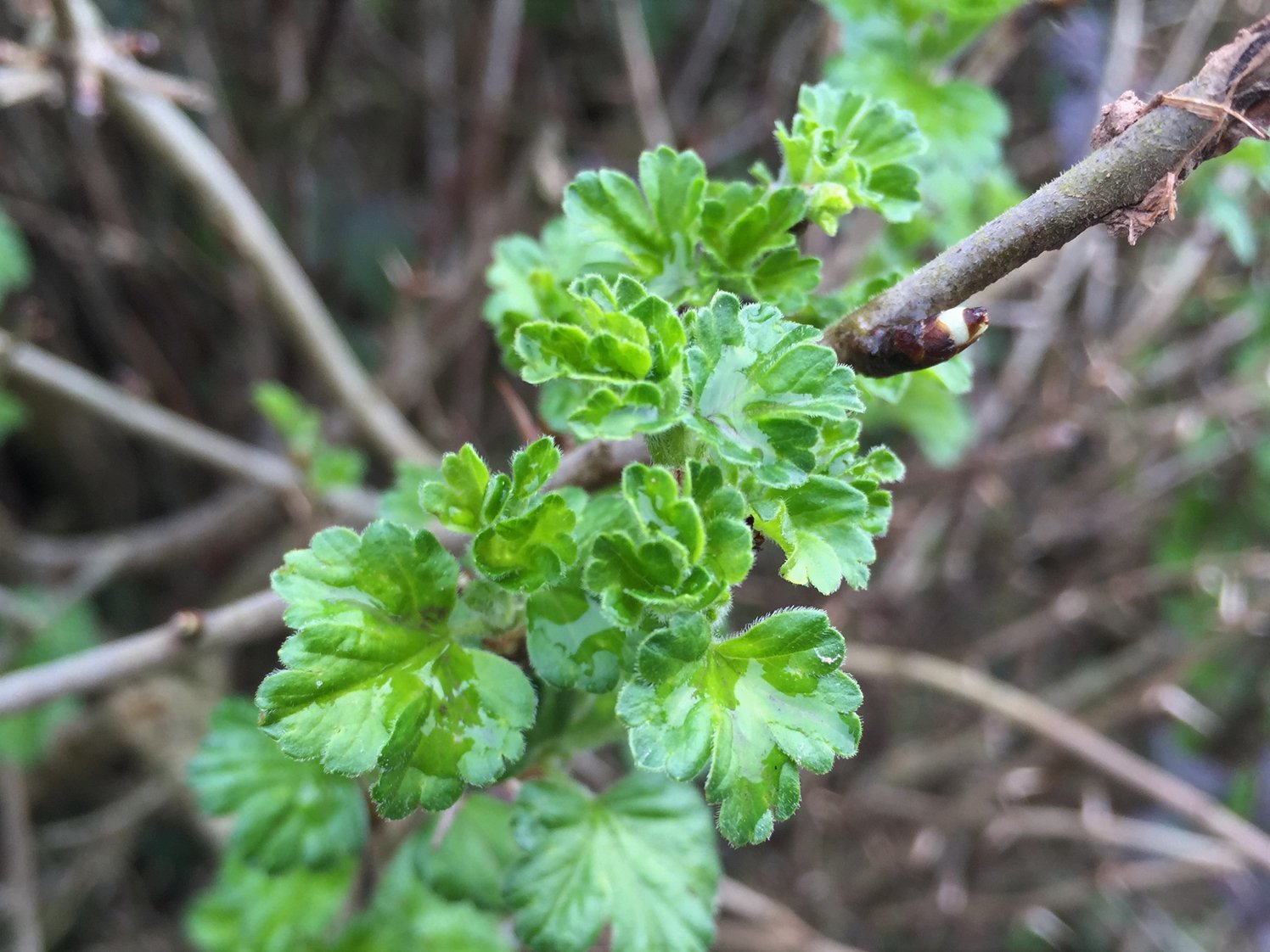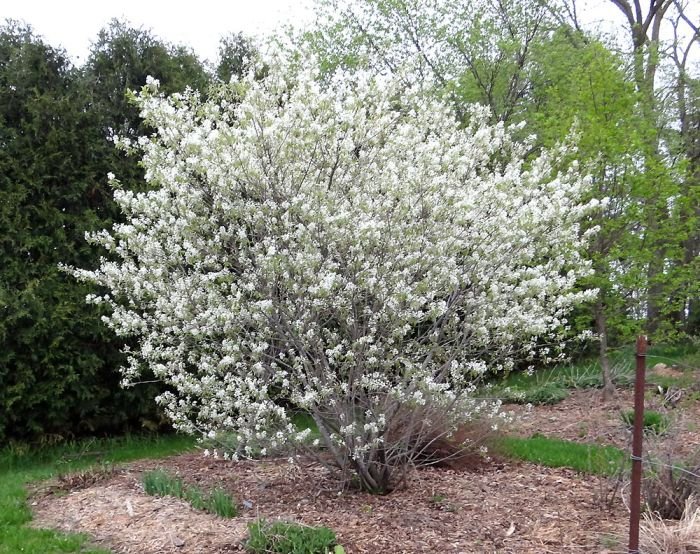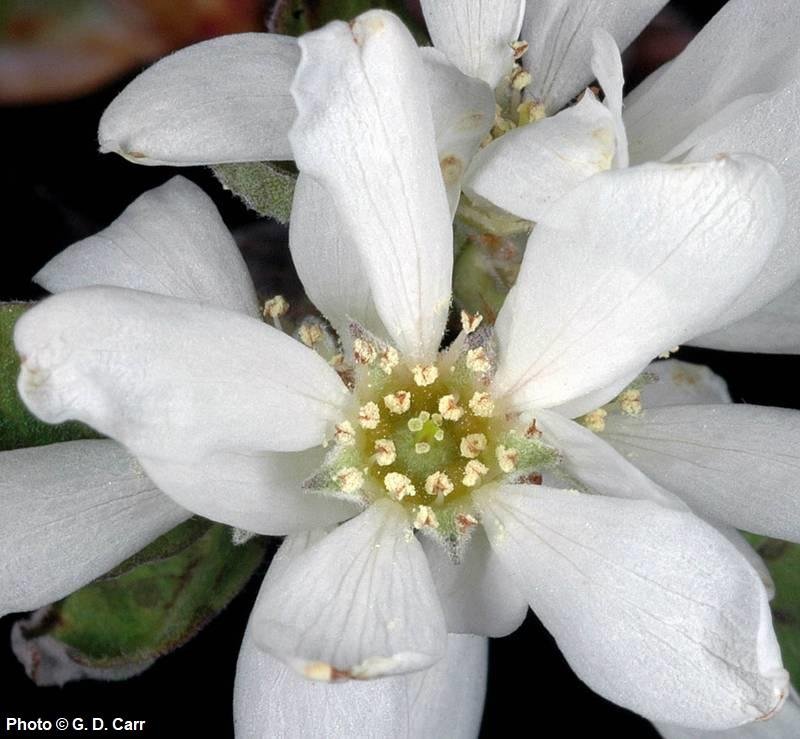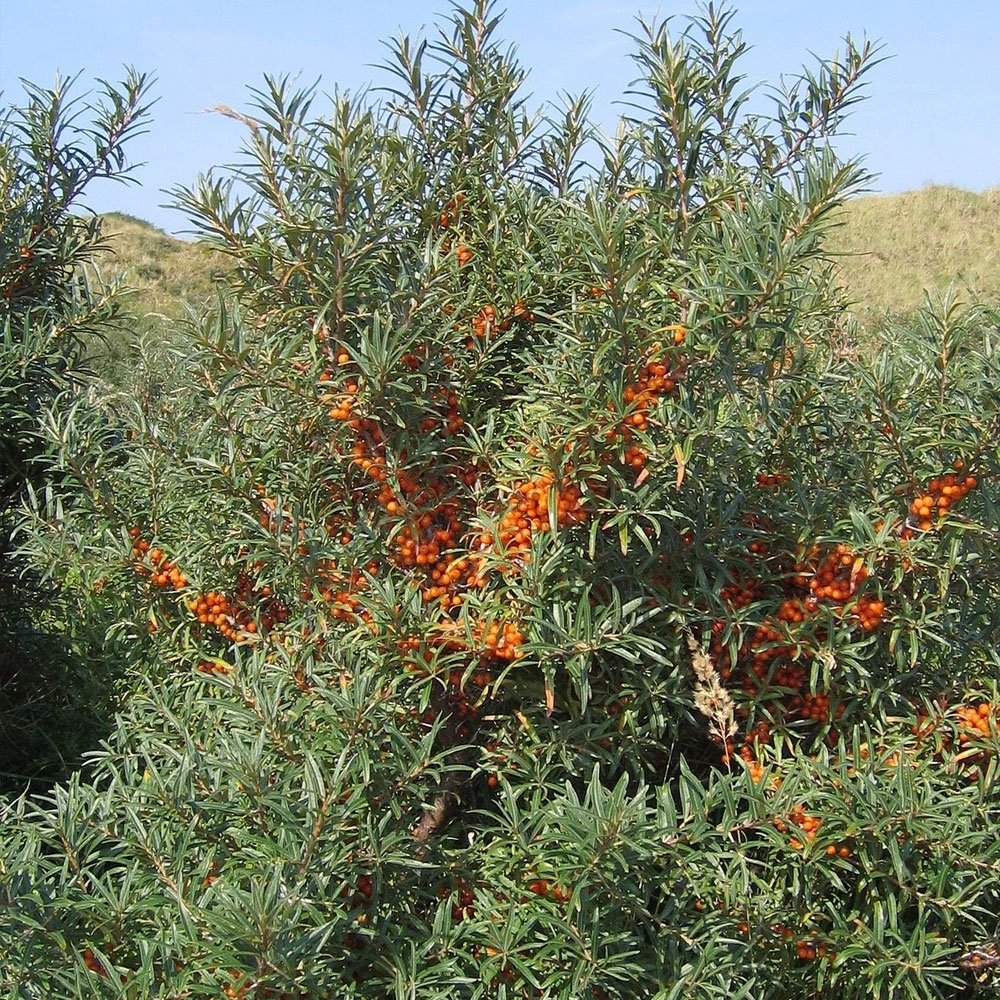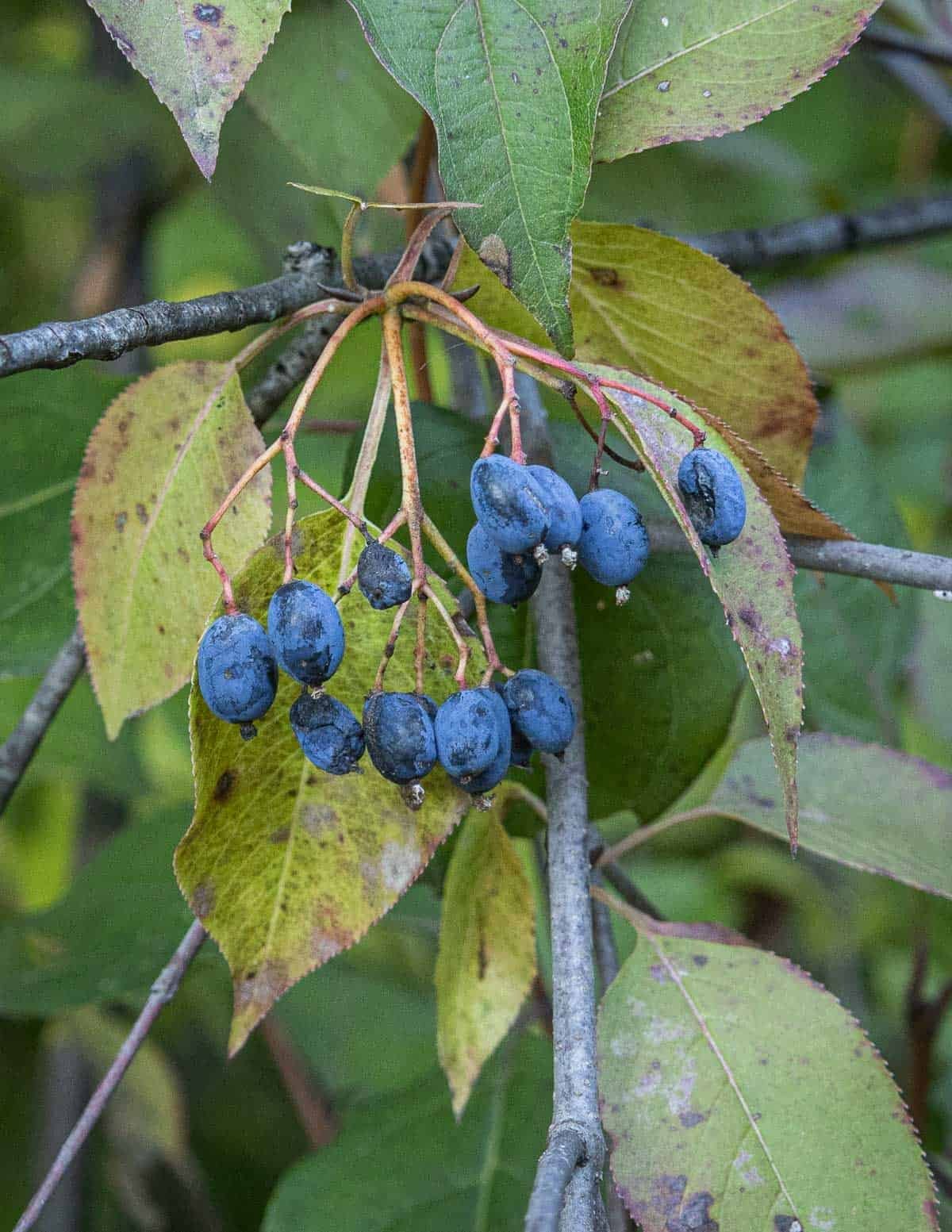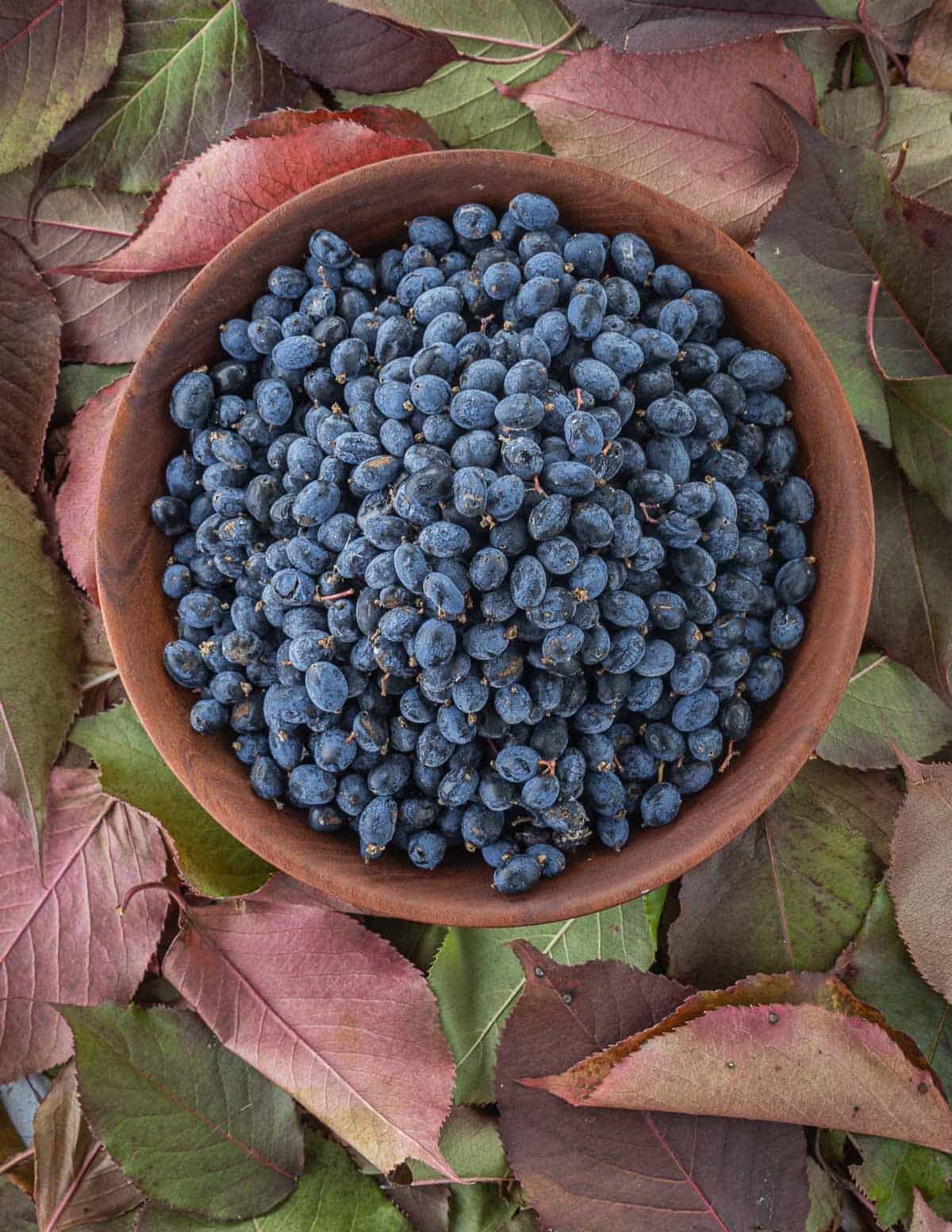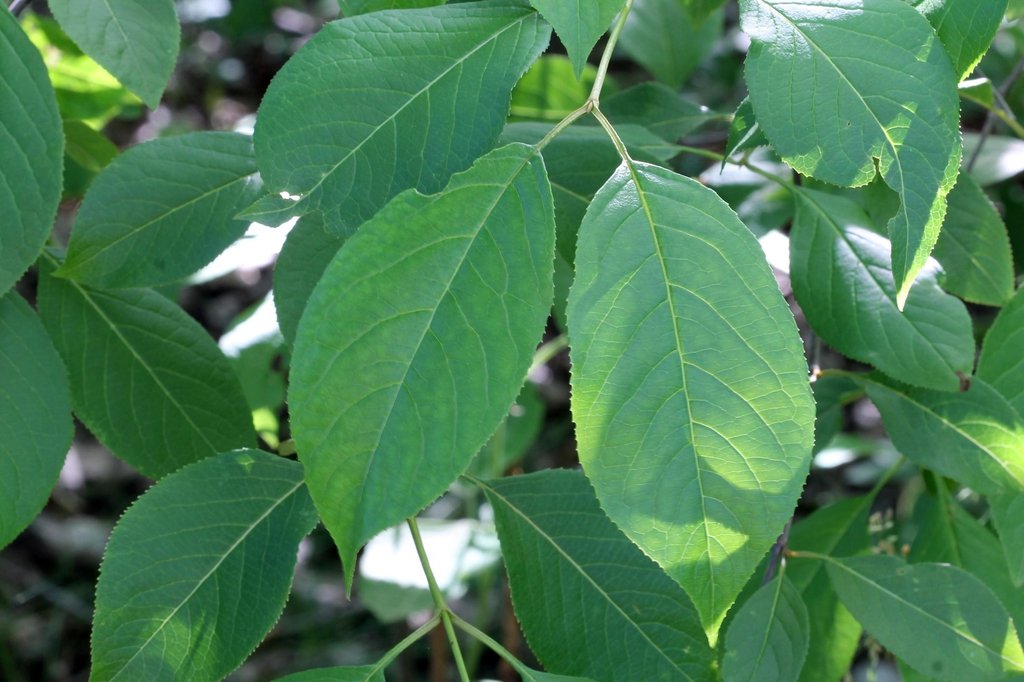Honeyberries, also known as Haskaps, are cold-hardy shrubs that produce early-season berries with a sweet-tart flavor, resembling blueberries in taste. These fast-growing shrubs reach about 3-5 feet in height and width, thriving in full sun to partial shade and well-drained soil. Honeyberries are rich in antioxidants and vitamins, making them a nutritious and delicious addition to your garden, and they provide an early harvest, perfect for making jams, jellies, or simply enjoying fresh.
Honeyberry plants have their roots in the colder climates of northeastern Asia, where they have been cultivated for centuries. In traditional Russian and Japanese cultures, honeyberries were valued for their health benefits, including boosting immunity and improving vision. Today, these berries are gaining popularity worldwide for their unique flavor and nutrient-rich profile. They are packed with vitamin C, antioxidants, and anthocyanins, which help protect the body against oxidative stress.
Honeyberries are perfect for gardeners looking for an early harvest of fruit. They bloom early in the spring, and the berries ripen in late spring to early summer, offering a nutritious snack long before other fruits are ready. In the landscape, honeyberries are attractive and easy to grow, requiring minimal care once established. Their small, bushy form makes them a good fit for edible hedges or mixed fruit gardens. Honeyberries are excellent fresh, or they can be preserved in jams, jellies, and syrups.
Zone Range: 3-8
Sun Requirements: Full sun to partial shade
Size at Maturity: 3-5 feet tall, 3-5 feet spread
Pollination: Needs two plants to pollinate (must be different varieties for cross pollination)
